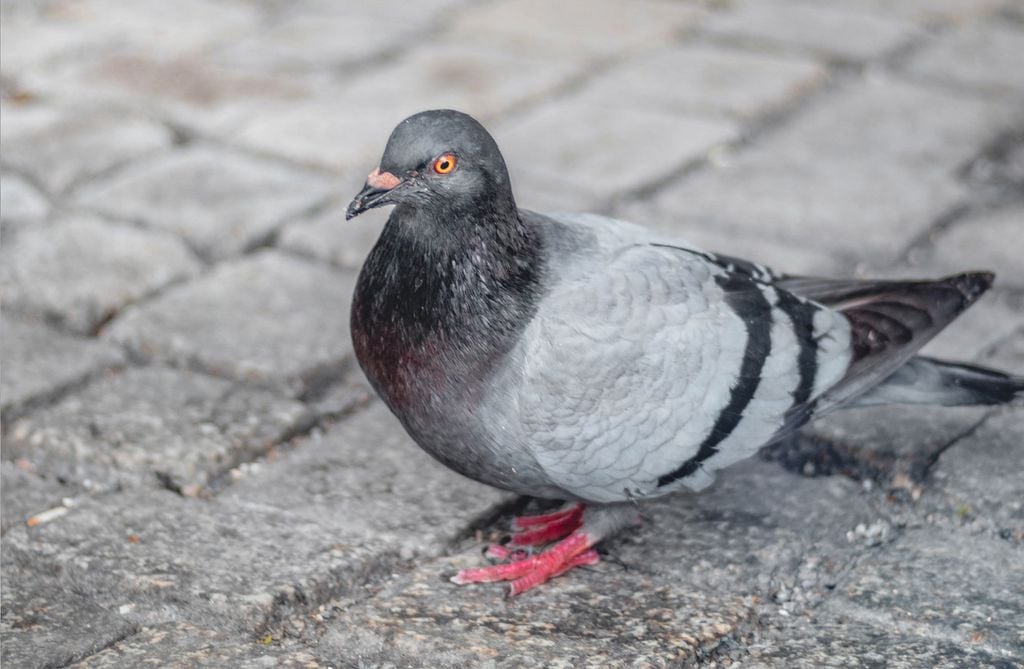Pigeons are hated by most people and are known to transmit diseases. Pigeons are also very intelligent animals, even if this intellectual ability is underestimated. In fact, North American researchers have discovered that these birds solve problems and learn in a way similar to artificial intelligence (AI).
“The behavior of pigeons suggests that nature has created a kind of ‘artificial intelligence algorithm’.” [intuitivo] “It is very effective in learning difficult tasks,” Edward Wasserman, a professor at the University of Iowa in the US and one of the authors of the latest research, says in a note.
In previous studies, it was possible to discover that pigeons can remember faces, see the world in colours, have the ability to navigate in complex environments and adapt very well to urban scenarios.
How do pigeons learn?
Unlike humans, who solve problems through explicit use of rules and selective attention (focus), pigeons use other tricks to deal with challenges. In particular, associative learning is used, that is, these birds tend to associate two phenomena together.

The problem is that “associative learning is often considered too primitive and too rigorous to explain complex visual categorizations like what we’ve seen pigeons do,” explains Brandon Turner, a professor at Ohio State University and lead author of the study.
However, tests show that pigeons use an improved form of this learning strategy. This is because they have learned to correct mistakes, based on previous experiences, as if they were accumulating learning.
Hypothesis testing in an artificial intelligence model
In the latest study published in the magazine iScienceThe researchers selected 24 pigeons to perform a variety of visual tasks, including sorting games. On the screen, the animals had different objects, such as lines of different widths and rings of unusual shapes, and they needed to correctly classify the category they belonged to, which they did by pecking them. When the pigeons got the rating correctly, they got food. If an error occurred, they received no incentive.
After collecting the results, the same researchers tested a simple AI model to see if it could solve problems the way they thought pigeons did, and the strategy worked.

According to the authors, in the same way that pigeons solved problems, using associative learning and error correction, the AI model learned to improve its predictions, resulting in a significant increase in the number of correct answers within the simulation.
Rules are for humans
If the test were performed by humans, the researchers are betting that individuals would try to establish rules to solve the task more easily. But in this case, there were no rules that could help make it easier. “This really frustrates humans, and they often give up on tasks like this,” Turner says.
The funny thing for the researcher is that we as humans “celebrate how smart we are because we designed artificial intelligence, while at the same time belittle pigeons as stupid animals.” However, he adds: “The learning principles that guide the behavior of these AI machines are very similar to those used by pigeons.” In fact, despite prejudice, they are considered one of the most intelligent animals on the planet.
source: iScience that it Ohio State University

“Coffee trailblazer. Social media ninja. Unapologetic web guru. Friendly music fan. Alcohol fanatic.”

